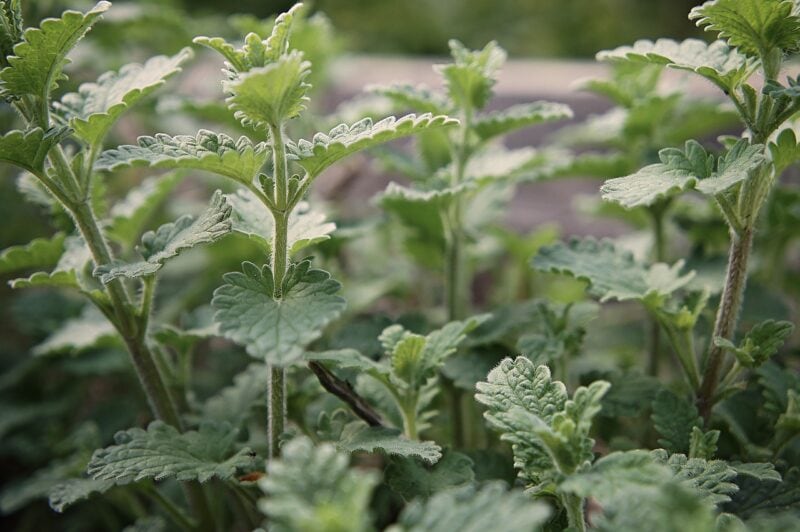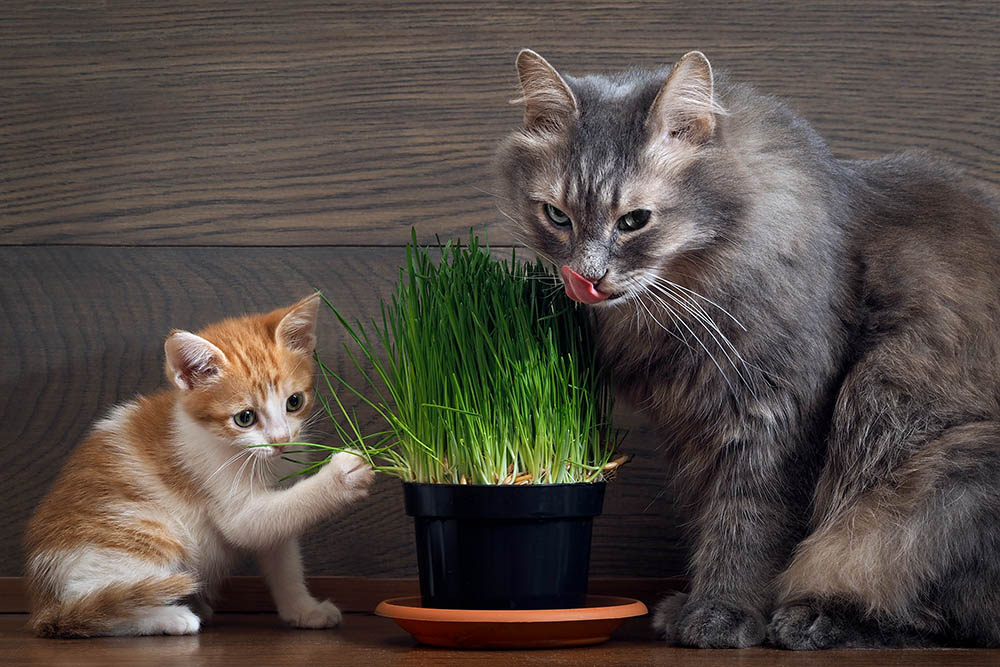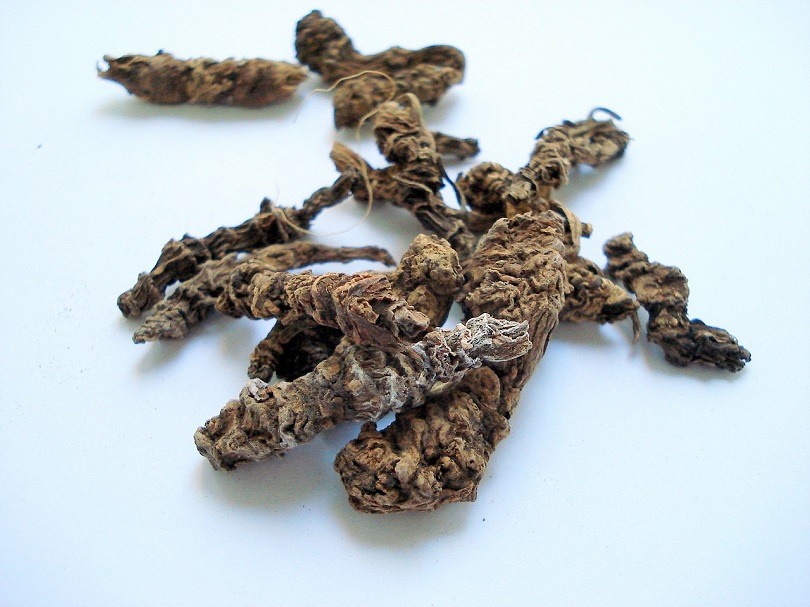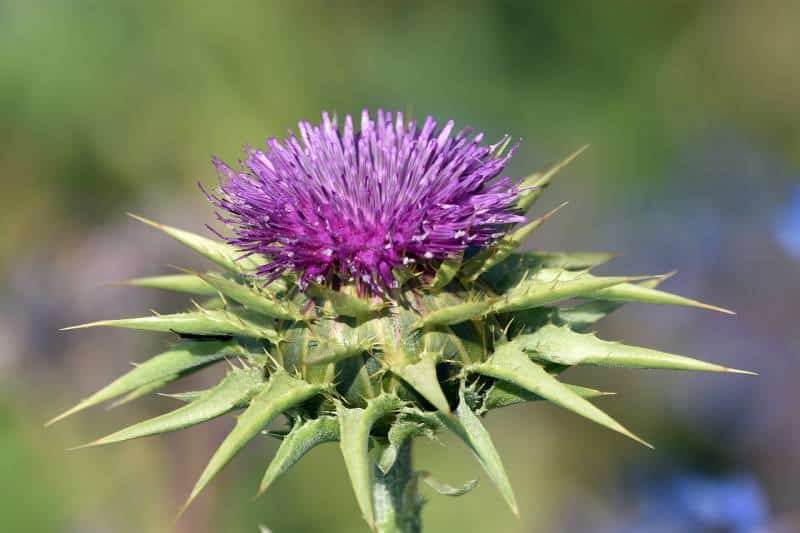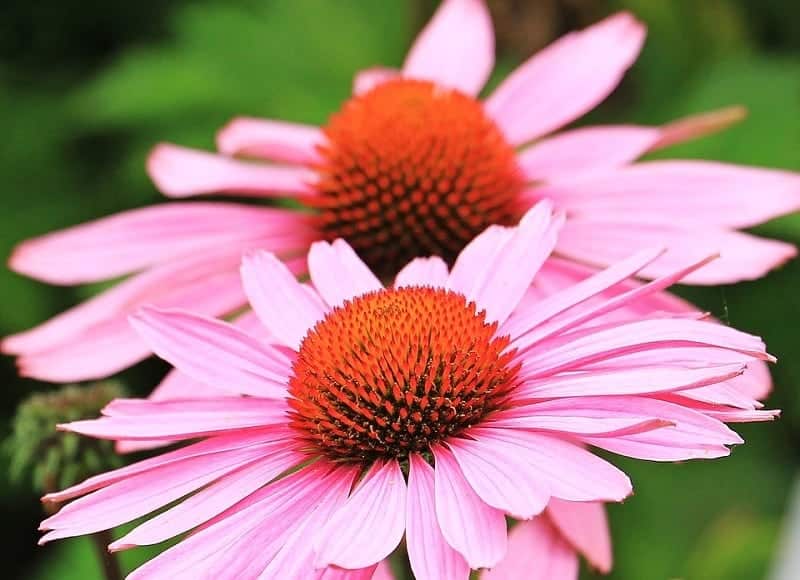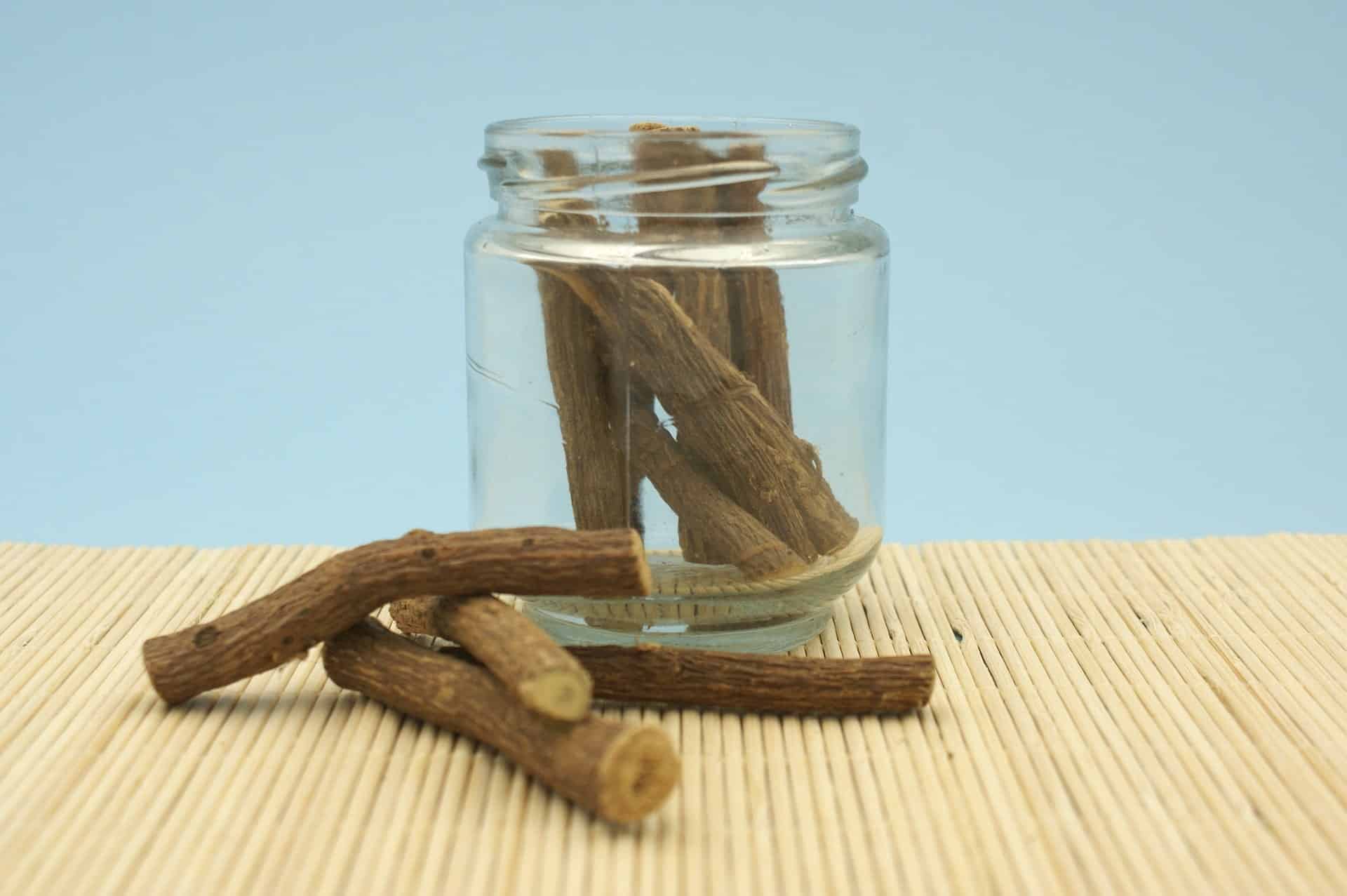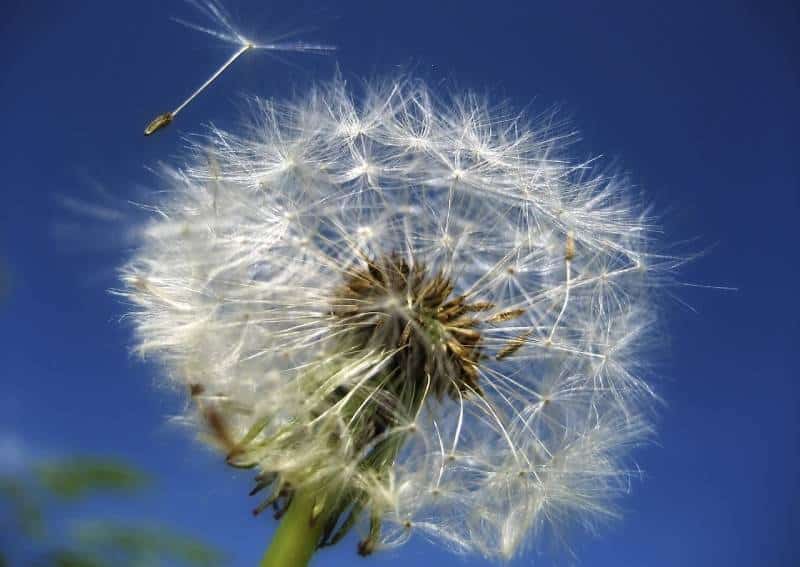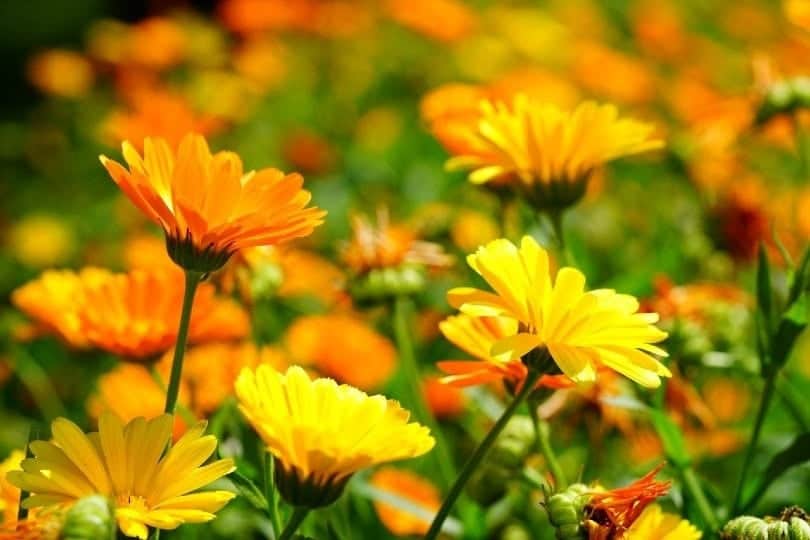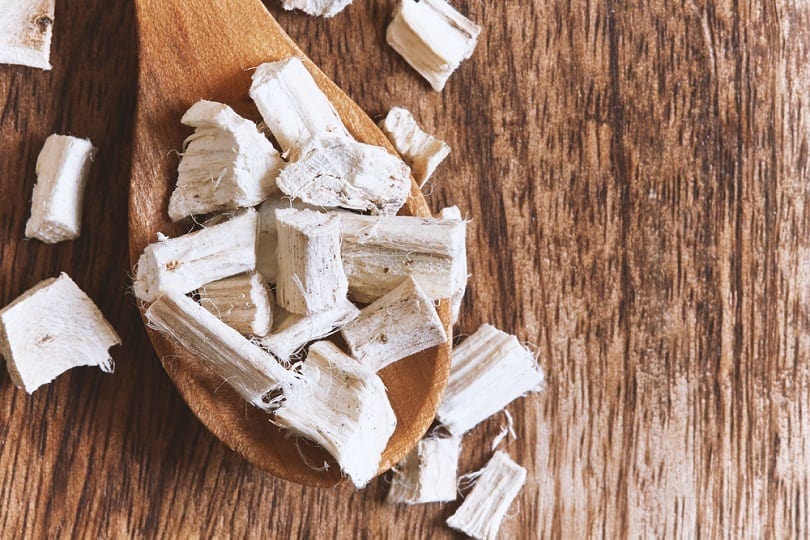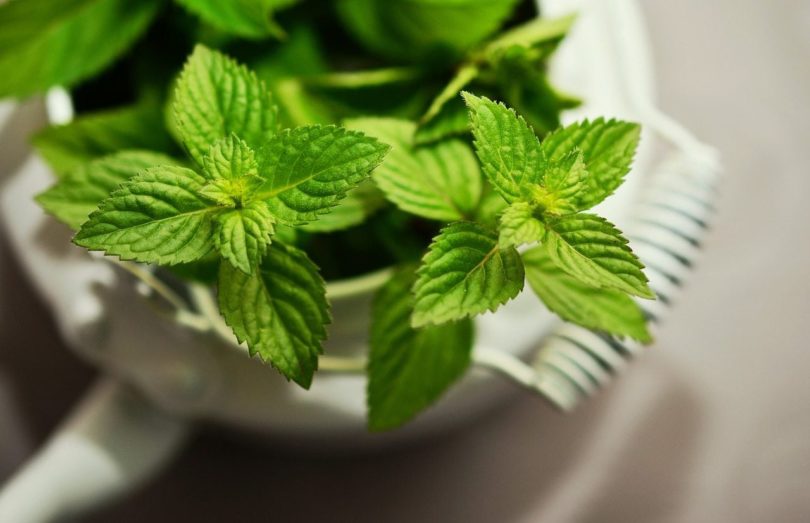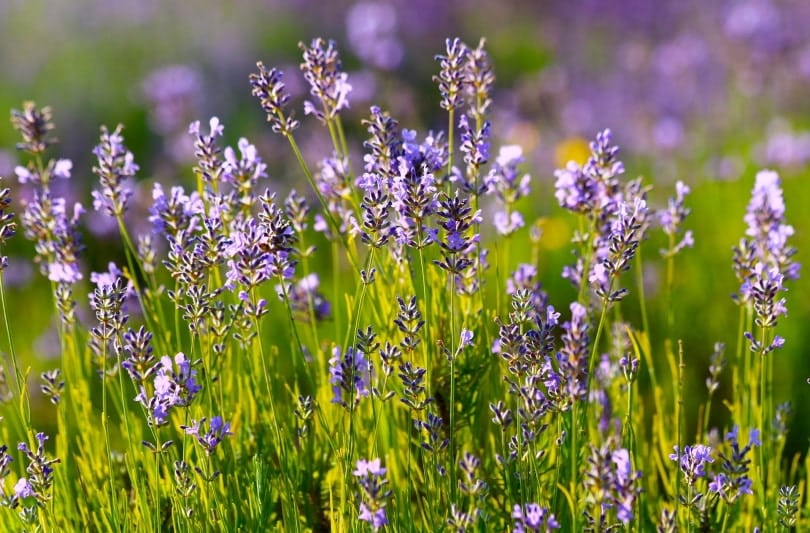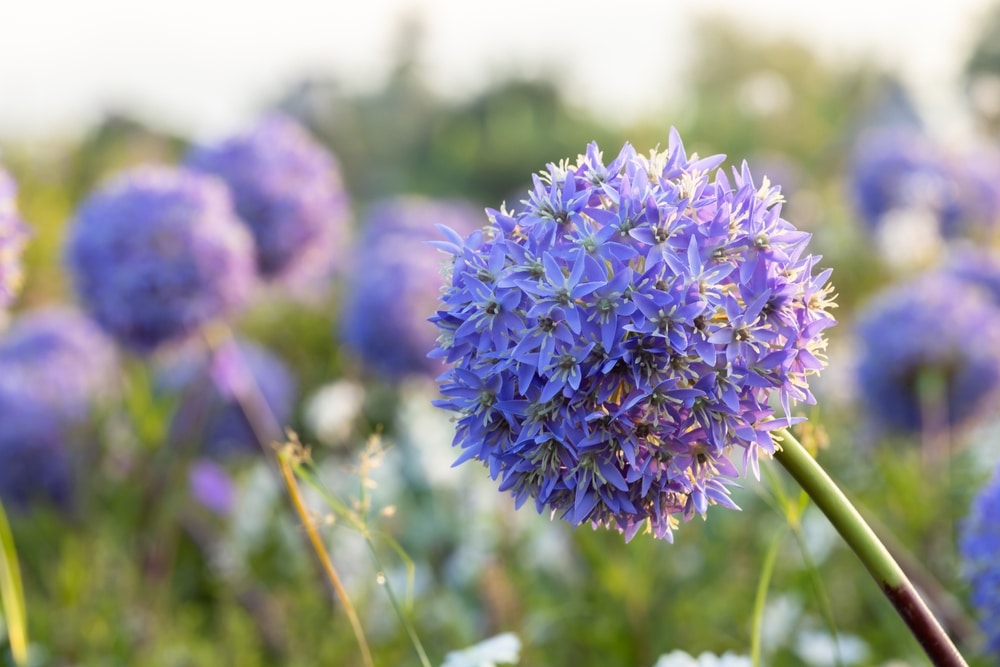It’s natural to wish to offer your kitty something out of your garden, but how do you understand what’s protected or potentially dangerous on your feline friends? Let’s take a look at a few of the herbs you might have access to that you may let your cat around and a few that needs to be avoided.
An Essential Note About Herbs
Even when an herb is taken into account “protected” on your cat, it could still cause issues like gastrointestinal upset in large quantities. Refer to your veterinarian about anything you’re considering giving your cat because cats with allergies or specific health issues may very well be more prone to have unintended effects.
It’s also essential to grasp that we don’t know all about how herbs can affect our cats or their potential advantages. Also, simply because a product claims to have certain advantages doesn’t mean it would work on your cat.
The ten Herbs That Are Secure for Cats
1. Catnip (Nepeta cataria)
Image Credit: snd_nrdc, Pixabay
Many cats love catnip. You may have even given it to your cat and watched them roll around. It may possibly be an efficient attractant, helping you get your cat used to items in the home like a scratching pad or litter box.
Catnip may be grown indoors or outdoors. Interestingly, one study1 found that cats rubbing against plants like catnip and silver bone protected them from mosquitoes.
2. Cat Grass
Image Credit: Irina Kozorog, Shutterstock
Cat grass is commonly a mix of protected grasses for kitties to munch on or roll around. It is generally a single population or a mix of barley, oats, wheat, or rye. These grasses are generally grown indoors, so that they don’t contain pesticides or other chemicals that might make your cat sick.
Cat grass may be useful to your cat for several reasons. It may possibly help move material through your cat’s gut and incorporates folic acid. Folic acid is very essential in biochemical reactions inside your cat’s body, corresponding to DNA synthesis and even the production of red blood cells.
3. Basil (Ocimum basilicum)
Image Credit: Skitterphoto, Pixabay
In keeping with the ASPCA, a superb resource for checking if plants are toxic, basil is non-toxic for cats and dogs. Meaning you shouldn’t have anything to fret about in case your cat knocks over your basil plant or chomps on a number of leaves. Your cat isn’t prone to get major advantages from eating basil, but they’ll get some micronutrients, including folic acid.
4. Valerian Root (Valeriana officinalis)
Image Credit: gokalpiscan, Pixabay
Valerian root is protected for cats to devour since it has a large margin of safety. Like in people, it has calming properties. You could find it in a spread of calming products for cats.
5. Milk Thistle (Silybum marianum)
Image Credit: artellliii72, Pixabay
Milk thistle, or silymarin, is a commonly really helpful complement for cats and dogs and is taken into account protected. One in every of the more commonly really helpful supplements in veterinary practices is a milk thistle combination product, branded under several names corresponding to Denamarin or Denosyl. Your veterinarian may recommend this complement in case your cat has evidence of liver changes on blood work because it could support liver health and should improve your cat’s elevated liver enzyme values.
6. Echinacea (Echinacea)
Image Credit: pixel2013, Pixabay
While there are limited studies on using echinacea in animals, it’s a protected and well-tolerated complement. It might profit your pet’s immune system and reduce symptoms related to upper respiratory infections, but that information is based totally on studies in people.
7. Licorice Root (Glycyrrhiza glabra)
Image Credit: psaguer, Pixabay
Licorice root appears protected for pets and has been touted for its quite a few health advantages, including digestive health. A foremost ingredient in licorice root is glycyrrhizic acid. This compound could have significant potential in several points, because it appears to be:
- Anti-inflammatory
- Antioxidant
- Anticancer
8. Dandelion (Taraxacum)
Image Credit: PeterDargatz, Pixabay
Dandelions have long been a preferred plant cultivated for medicinal purposes, although many individuals consider them a weed. There are a number of species of dandelions, but all of them appear protected for cats. If you happen to haven’t treated the yard with fertilizers, pesticides, or other hazardous chemicals, these plants are protected on your feline friends to eat outside.
9. Calendula (Calendula)
Image Credit: Hans Braxmeier, Pixabay
Calendula has many names, essentially the most common of which is the common marigold. Marigolds are popular as companion plants to assist keep pests away from vegetables like tomatoes, so you most likely have some in your garden already. They’re not considered toxic for cats or dogs, so be happy to grow some in your kitty’s herb garden.
10. Marshmallow Root (Althaea officinalis)
Image Credit: Nedim Bajramovic, Shutterstock
Marshmallow root is protected for cats and should provide various potential health advantages. It may possibly coat irritated tissues and has antibacterial activity. Along with helping with inflammation, it may help regulate your pet’s blood sugar.
Herbs and Plants to Avoid
Some herbs may be incredibly toxic on your cat and have different unintended effects. Avoid planting these in your garden in case your cat has access to the surface, and keep them out of your cat’s reach in the home to maintain your feline member of the family protected.
Mint (Mentha species)
Image Credit: congerdesign, Pixabay
Mint incorporates essential oils that, while often useful for people, are unsafe for cats. In keeping with the ASPCA’s toxic plants list, mint may cause vomiting and diarrhea, particularly in case your cat eats plenty of this herb.
Lavender (Lavandula angustifolia)
Image Credit: katerinavulcova, Pixabay
Lavender is classed as toxic to cats (in addition to dogs and horses). While lovely and fragrant, this plant may cause gastrointestinal issues in cats, starting from inappetence to vomiting.
Allium Species (Allium)
Image Credit: Darunrat Wongsuvan., Shutterstock
Garlic, onions, and chives belong to the identical plant family, as they’re Allium species. These plants may cause mild to significant gastrointestinal signs, including vomiting. What’s particularly scary is that in cats and dogs, they’ll damage red blood cells and result in hemolytic anemia, which may very well be life-threatening. If there’s the likelihood that your cat could’ve gotten into garlic, onions, or chives, contact your veterinarian immediately.
Conclusion
Quite a few plants are protected for cats to be around, and just as many, if no more, have the potential to be toxic. Before you bring any plants into the home or chop up some herbs so as to add to your kitty’s dinner, ensure they aren’t harmful. Your veterinarian is a superb source of data to see if supplements or herbal remedies might help your cat, especially as some can interfere with more traditional pharmaceuticals.
Featured Image Credit: Georgia Evans, Shutterstock



